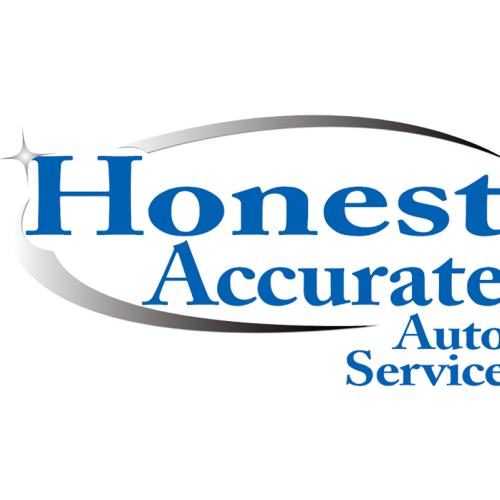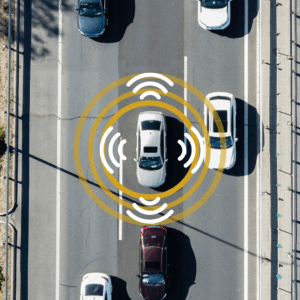Here in Colorado, we are blessed with an unparalleled blue sky and fresh, mountain air. Luckily, there’s a critical component hidden between your car’s engine and exhaust muffler that is working hard to ensure that picturesque sky and air quality are here to stay- the catalytic converter or “cat.”
Introduced around 1975 to help reduce a car’s contribution to pollution, the catalytic converter turns a vehicle’s pollutants exiting your car via its exhaust into less toxic and harmful fumes. The primary purpose for the cat is to reduce the amount of carbon monoxide, hydrocarbon particulates (smog producer), and nitrogen oxides (acid rain creator) that are released as you drive your car.
It’s a key component in your vehicle’s exhaust system. Both gasoline and diesel fueled engines depend on catalytic converters, and some cars even have more than one catalytic converter.
Although your catalytic converter is not a scheduled replacement item (like a timing belt), it is not uncommon for a catalytic converter to fail. Failure can occur from exterior damage to the part itself, an interior clog, or the collapse of the internal catalytic core itself. Some warning signs of a failing catalytic converter may be:
- an increase in emissions out of the tailpipe
- misfiring
- reduction of horsepower performance
- a significant drop in your fuel economy
- check engine light on
If you suspect that your vehicle may be suffering from one of these issues, it is best to schedule an appointment with your Honest Accurate technician to properly diagnose the symptoms and see if a catalytic converter replacement is required.
Either of our two shops have ASE certified auto repair technicians that will inspect the cat(s) for external damage and connect your vehicle to a diagnostic scan tool to retrieve current or stored error codes from your vehicle’s electronic control module (ECM). This instrument allows the technician to take readings which will reveal an issue with the cat, or eliminate the cat as a potential cause of the problem and allow the technician to proceed with further investigative diagnostics.
Another method we may use to diagnose a faulty cat is to disconnect the part and visually look through it to see a break-up of the material inside or a clog. If either of these tests confirms a concern with the catalytic converter, we will recommend replacement with an OEM (Original Equipment Manufacture) piece.
While an “aftermarket” (not OEM) catalytic converter may be tempting to save a little money, our collective experience has shown aftermarket cats often don’t have the longevity of an OEM piece, meaning you are more likely to have a repeat problem down the road. Unfortunately, this nifty pollution reducer comes at a high price…an average catalytic converter will run from $500-$1000.
Expensive? Yes. Necessary? Yes. Especially if you enjoy that stunning sky, pure air, and optimal performance and fuel mileage of your car.




